The Bit Too Tidy Ghost Story of "Dear David"
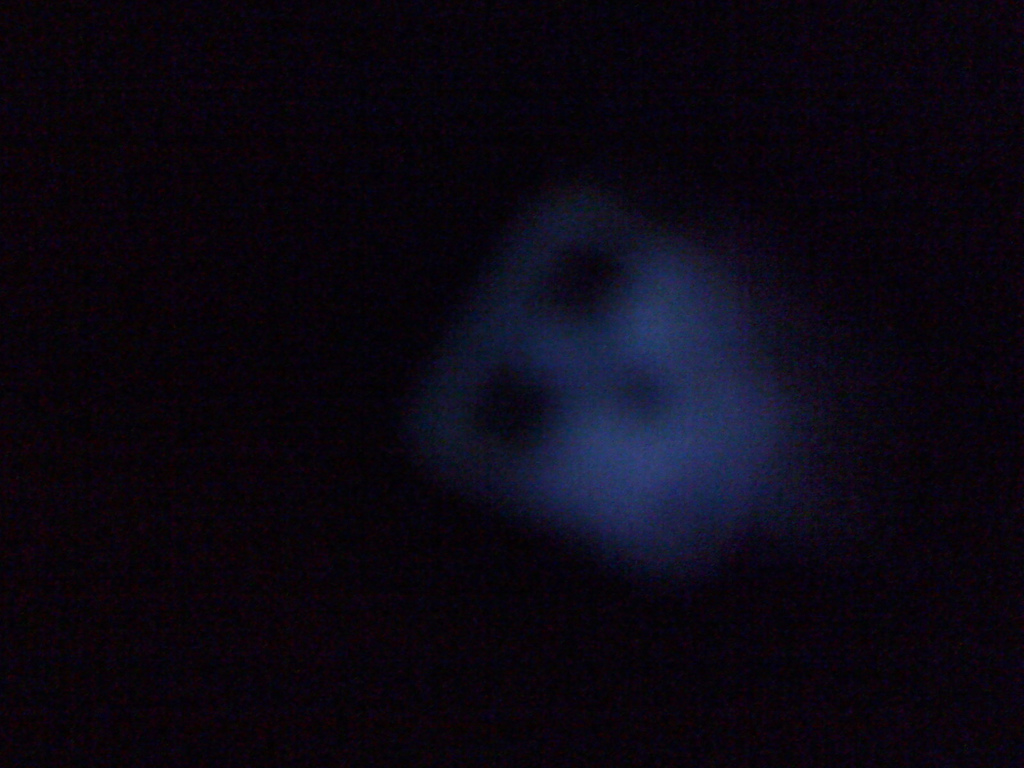
Image: Yosomono via Flickr
I’m skeptical of the authenticity of the ongoing Twitter ghost story “Dear David” that’s currently being written (lived?) by Manhattan-based author and illustrator Adam Ellis.
It’s not because I don’t believe in ghosts, although I’d like to. And it’s not because it’s been hyped a few times by the blog for Blumhouse Productions, the innovative film company with a knack for parlaying low-budget effects into monster hits (Paranormal Activity, Insidious, and Sinister), the kind of joint that’d be behind just this sort of thing. And it’s not because Ellis has said anything particularly incriminating, either in his threaded tweets about the ghostly phenomenon haunting his apartment, or in a quick email Q&A I had with him.
(“It’s all real!” he wrote back when I asked. “I obviously try to narrate it in a way that’s readable and interesting for my followers, but it’s all real stuff that’s happening. If it was fake I’d probably update more than once a week, lol.”)
The reason I question that it’s really happening is because the story’s being told a little too perfectly. Which is actually not bad! It’s something to be proud of! And, to the point of this essay, it allows an opportunity to admire and analyze how the story’s being delivered, as opposed to delving into “gotcha” “journalism” or frame-by-frame debunking. Who has the time, and who cares. So, I’m not going to retell the story’s plot—you should’ve already clicked the link, but here it is again—but focus on how it’s being told.
How About Some Arabesques?
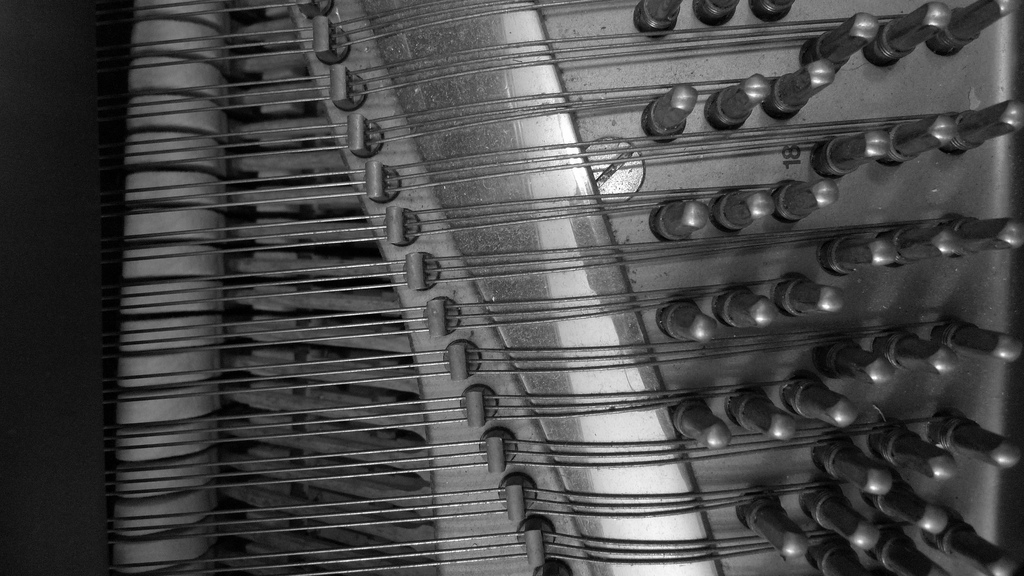
Image: Twang Photography via Flickr
The last time I wrote about Claude Debussy, I encouraged you to just enjoy a nice suite. I stand by this, by the way. While there’s definitely inherent value in crying to Bruckner at a live concert you paid the price of a shirt for, I also think there’s equal value in a jaunty little tune. Remember the études? Remember how they made you feel? Let’s go back to that. This past week has been hard enough.
So not unlike Debussy’s Petite Suite, I invite you to listen to an equally lovely set of arabesques. Arabesques is a new vocabulary word for the column, and it’s kind of a tricky one too. Generally speaking, it means it’s a shorter song with origins in Arabic music, meant to summon an image of Arabic architecture. In actuality, uh????? It doesn’t do that at all? I’m not saying arabesques aren’t nice—they definitely are—but you’ll listen and you’ll hear something definitively Western about them. In fact, Debussy’s Deux Arabesques sound definitively something and that something is French. They’re lyrical poems, textured and peaceful. While I swear on my whole life that I’ll never write about Clair de lune, you can definitely see where this guy was going.
You Can't Get Away With This Shit Anymore
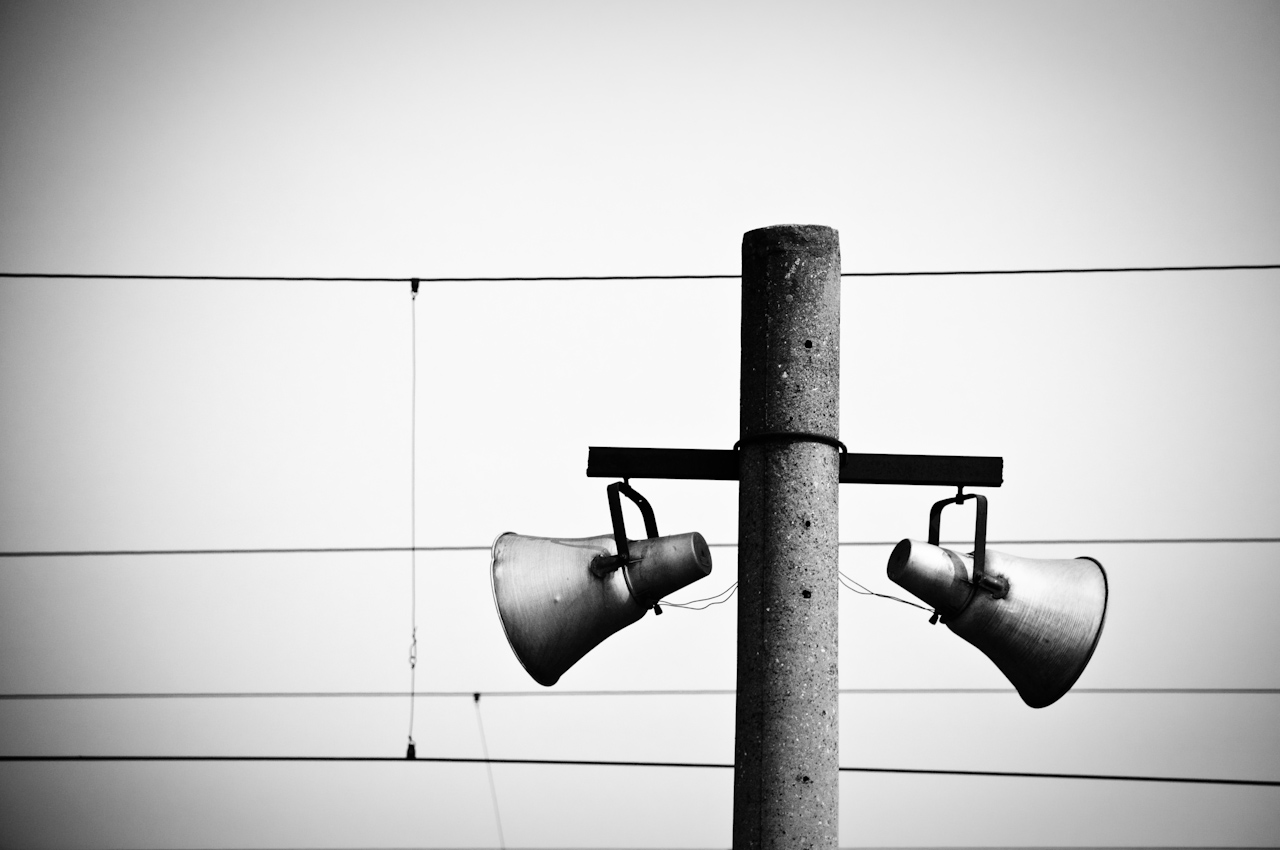
Image: Ilya via Flickr
In the hours and days since The New Yorker and the New York Times posted respective bombshell investigations of numerous allegations of sexual abuse by Harvey Weinstein, there have been many subtweets and backroom, private-message conversations by and between women: Who is the Harvey in media? Who aren’t we talking about? It’s inevitable, right? The badly behaved media men are everywhere, it’s only a matter of time until their names are spoken in broad daylight. You’ve probably already heard their names whispered across Slack chat rooms.
The patriarchal structures we all live and work in, which is to say, just about everywhere, unless you happen to live in a shipping container the wilderness of New Zealand with Holly Hunter (in which case, send me your coordinates)—exhibit the same patterns over and over and over again. For every old, established, wildly successful “lion” like Roger Ailes, Bill Cosby, and Harvey Weinstein, there are dozens if not hundreds of men whose names we don’t know who’ve made shocking and unwanted sexual advances. Indeed, what about these small-time motherfuckers? The ones who live in our neighborhoods and work in our newsrooms and date our friends? They may not make or break our careers with one phone call to a casting director, but they do damage all the same, with each awful encounter creating a tiny fissure in the grand facade of “the industry.”
Martyn Heyne, "Carry"
Will today be better or worse than yesterday? I cannot say with certainty but let me just suggest that given everything we have learned so far about the way things work now it would not be unreasonable to suspect that things will indeed get worse. At this point I would simply settle for “shorter,” but I suppose even that is too much to ask for. Anyway, here’s music. Enjoy.
New York City, October 9, 2017
 [No stars] Even with the air conditioner roaring, sometime in the night a pool of sweat formed under the t-shirt. Racing underclouds were the only thing interesting to look at in the darkened daylight, as one shower went away and eventually another showed up. The children, to their credit, refrained from going stir-crazy on the useless holiday morning. It was appalling to step out into the tropical autumn heat in a waterproof jacket, with an invisible drizzle blowing. Part of the front of a restaurant was opened, but the people were tucked safely deep inside. In the gray of evening, ripples began flickering on the puddles before the rain had strengthened enough to be felt.
[No stars] Even with the air conditioner roaring, sometime in the night a pool of sweat formed under the t-shirt. Racing underclouds were the only thing interesting to look at in the darkened daylight, as one shower went away and eventually another showed up. The children, to their credit, refrained from going stir-crazy on the useless holiday morning. It was appalling to step out into the tropical autumn heat in a waterproof jacket, with an invisible drizzle blowing. Part of the front of a restaurant was opened, but the people were tucked safely deep inside. In the gray of evening, ripples began flickering on the puddles before the rain had strengthened enough to be felt.
A King Krule Primer
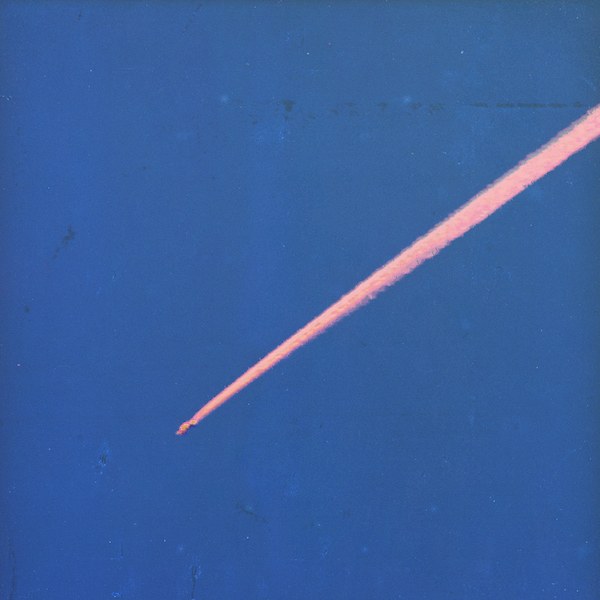
On October 13, British musician King Krule (born Archy Marshall) will release his third studio album, The Ooz. The title is apt for the singer’s post-genre style—he creates a mix of jazz, rock, hip-hop, and dub that feels like a product of the online era, yet simultaneously as ancient as a primordial stew. To catch up on his work thus far, here is a playlist of 13 tracks that summarize the unique talent of King Krule.
Colleen, "Winter Dawn"
For five-plus minutes this will put you in another world, and who wouldn’t want to be in another world given everything that’s going on right now? No one. Even the people who thought they wanted this world are all aware that any other world would be better at this point. Anyway, this song is terrific, and I can already tell there won’t be a whole lot of other terrific on offer to us for the duration of the day, so make sure to enjoy it while you can.
New York City, October 8, 2017
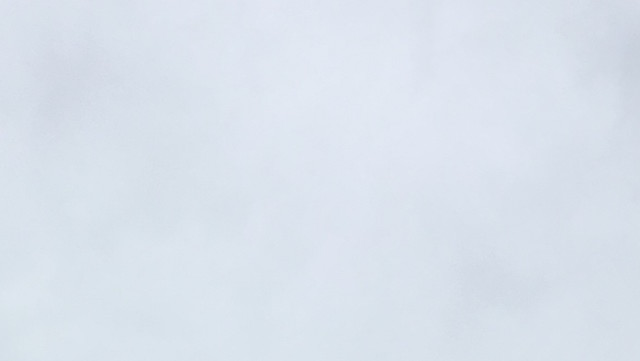 ★ To sleepy eyes, the light seemed stronger than the sloshing sound of traffic suggested. The ears were right, though; the rain was real and steady all morning. After it passed there were low gray clouds moving under higher whiter ones, with big gulls flapping and gliding beneath them, fading in and out. From the far side of the avenue, stroller wheels rolling over wet grit made a rattling sound like a burst of new rain. Dog turds had melted into round, chunky puddles. Breathing outside made the latent cough down in the lungs come wheezing back into action. Even as the misplaced summer air was still rotting over everything, though, the summer light was unequivocally gone. Before 6:30, lamps shone in windows in the blue of full evening.
★ To sleepy eyes, the light seemed stronger than the sloshing sound of traffic suggested. The ears were right, though; the rain was real and steady all morning. After it passed there were low gray clouds moving under higher whiter ones, with big gulls flapping and gliding beneath them, fading in and out. From the far side of the avenue, stroller wheels rolling over wet grit made a rattling sound like a burst of new rain. Dog turds had melted into round, chunky puddles. Breathing outside made the latent cough down in the lungs come wheezing back into action. Even as the misplaced summer air was still rotting over everything, though, the summer light was unequivocally gone. Before 6:30, lamps shone in windows in the blue of full evening.
What I Learned From Going To Seventeen Nebraska County Fairs

Photos by Renée Lynn Reizman
My first Nebraska fair of the summer was Franklin County, a farm town with a population just under 3,000 that could rival my former high school in the Chicago suburbs. Their fairgrounds were modest, with the majority of the layout dedicated to barns, a showmanship ring, and a small arena for the open-entry ranch rodeo that would take place later that evening. In an exhibition hall, the 4-H displays overshadowed the adult open-class entries, and I maneuvered through plates of homemade apple crisp and chocolate chip cookies covered in plastic wrap, searching for the purple ribbon quilts, jams, sweet corn, and roses that would join more than 100 other categories at the State Fair at the end of August.
I came to Nebraska as an artist in residence on a farm in Marquette (pop. 232) to research the impact internet infrastructure may have on the aesthetics of quilting in rural America. Transplanted to a place where I knew practically no one, but determined to interview quilters and see their work firsthand in some of the most sparsely populated areas of the state, I visited county fairs. Over the course of eight weeks, I went to 17 fairs, plus the Nebraska State Fair.
I was expecting a lot of diversity in the fair circuit, with each county featuring their particular quirks in an exaggerated, kitschy celebration. But instead I witnessed the opposite, a county fair aesthetic that was consistent and manufactured, colorful yet banal. Contrary to what I was expecting, the diversity of attendees was apparent—Nebraska’s demographics are rapidly changing. Between 2000-2010, the minority population grew by 50.7% while the non-Hispanic White population went up by only .04%. In 2015, around 38% of the children born in Nebraska were minorities. And in 2016, Nebraska resettled the most refugees per capita in the nation.
Kazuo Ishiguro Is A Reader's Writer
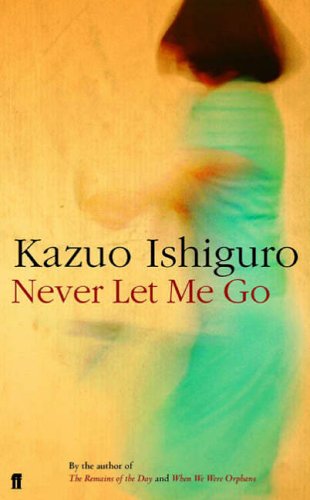
I’d like to say an extremely sincere congratulations to the very first reader’s writer to win the Nobel Prize in Literature. What is a reader’s writer? A term I’ve potentially just made up—I didn’t bother to Google. But the gist is, all writers fall into three categories, listed here in increasing order of enjoyability: intellectuals’ writers, writers’ writers, and readers’ writers.
First, intellectuals’ writers. This group writes books for people who don’t really seem to…enjoy reading, per se? Intellectuals’ writers don’t care about story or character much, or world building at all—or maybe it’s that they just care about things like style and structure and Pushing The Boundaries of Literature so much more. “Smart” people think these writers are “the best” but I don’t fuck with them unless they’re assigned in a class, and even then, I never finished Moby Dick. Life’s too short.
Don DeLillo is in this category. So’s Roberto Bolaño. W.G. Sebald. Doris Lessing, maybe. Djuna Barnes, definitely. Thomas Pynchon is like the president of this category, and his Veep is Cormac McCarthy. A certain type of male reader reads these books almost exclusively—as far as I can tell, for the sole purpose of gaining status as part of some weird male reader pissing order that’s not visible to me. It’s boring, is what I’m saying.
Next, writers’ writers—you’ve heard of them. This category is great! They write beautifully crafted books with well developed characters and believable dialogue and extremely gorgeous prose. No one reads them but other writers. They enjoy a brief window of Celebrity Fawning at things like the AWP conference which they keynote once a decade because they actually do need the speaker’s fee, and then they fade back into Midwestern obscurity to continue producing novels and short story collections that are technically and emotionally perfect but often weak on plot and tension and therefore very easy to leave on one’s nightstand for a year or more only partially read.
